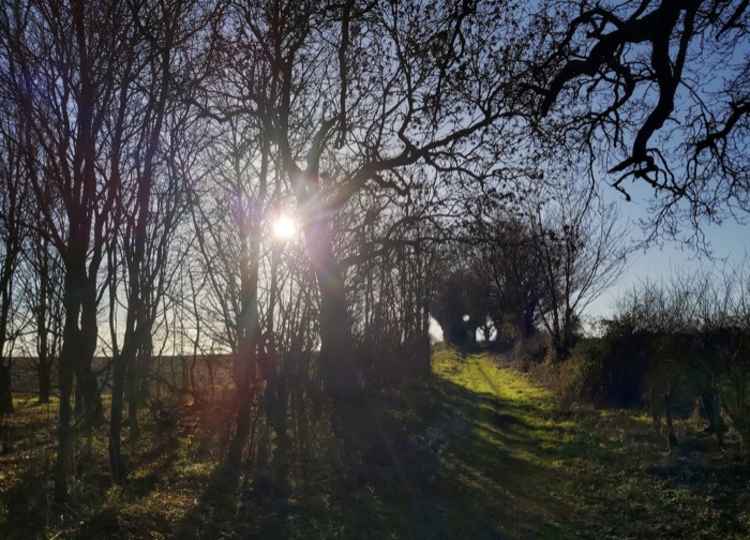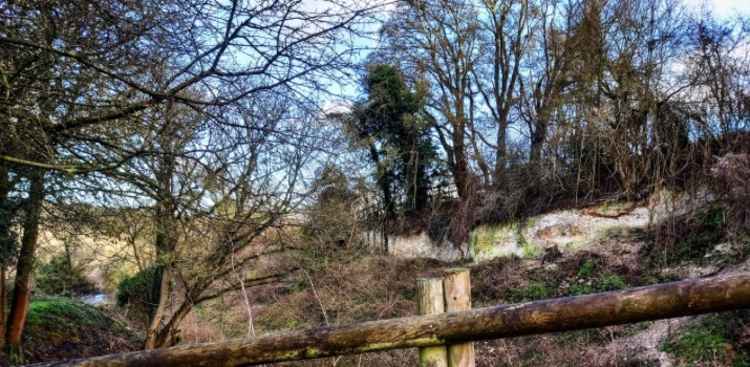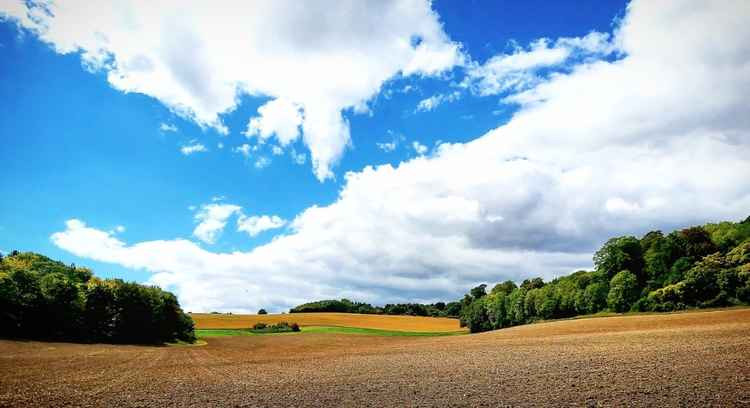Sparky's Hitchin View: Holes, hills, pits and dells
By Layth Yousif
24th Jan 2021 | Opinion


Here's our must-read weekend columnist Sparky with his regular Hitchin View
....................
'I vividly remember seeing some very big pike in the pit and 'Old Ben' lived there.
One time, and no exaggeration, I saw one surface in the corner where Old Ben supposedly resided, and it came up and pushed a plastic bottle along to check if it was edible'.
This Jaws-like encounter with a monster from the deep obviously made a lasting impression on our young witness; he went on: 'It had a massive head and casually pushed this floating object along the surface for a couple of yards then went down. It was an amazing sight'.
This is my old friend Phil- an Arlesey ex-pat who now lives in France- and he obviously still remembers this incident quite vividly, over four decades later.
But where locally could he have seen such an incredible thing and are the monsters of the deep still there?
The Blue Lagoon is one of several clay pits surrounding the village of Arlesey that were in operation during its brief industrial heyday, a period that had started in the mid 1800s and had all but disappeared by the middle of the last century.
This freshwater lake, and the equally flooded but smaller Green Lagoon nearby, used to produce not only gault clay for this village's famous brick production but some chalk for the production of cement too.
The larger clays pits to the west of the village are now filled-in and landscaped, but the Blue Lagoon escaped this particular fate by gradually flooding once the quarrying and its attendant pumping were stopped in 1930.
The abandoned equipment eventually became an attraction for the local diving club, with reports of rusting rail trucks on the lakebed being commonplace.
Clubs for sailing, swimming and angling also use the lagoon today whose sub-tropical name results from the effect of various minerals in the water, an effect that is best appreciated at a distance on a sunny day.
But a word of warning is needed here: The Blue Lagoon can be a highly dangerous place with its steep slippery sides, sheer cliffs and cold deep water.
And despite being on private land and technically being the preserve of the well-organised clubs mentioned above, it still draws scores of curious visitors, especially in the summer.
But clay wasn't the only commercially valuable mineral extracted from under our feet near Hitchin and it sometimes feels like you can't take a stroll in these parts without stumbling across an abandoned hole in the ground.
By far the largest number of pits dug were to exploit chalk; that soft white limestone that underlies the district forms our graceful undulating landscape.
And although chalk was used widely in the production of cement, as we have already seen, it had other equally important uses, too.
If you burn chalk- calcium carbonate- in even the most basic of kilns, you can convert it into calcium oxide, better known as quicklime.
This can be used by farmers to improve the quality of acid soils as well as having antiseptic qualities and other applications. It is likely that a large number of our local chalk pits were dug for the production of lime for the former and the kilns or ovens were often built nearby.
The name of this practice lives on at places such as at Limekiln Wood near Breachwood Green.
A much harder variety of chalk known as Totternhoe Stone can also be found in some of these pits and this, like the numerous embedded flints, can be used as a building material that can be found in many of our local buildings, such as St Mary's church.
If you are interested in exploring a chalk pit today, by far the safest and most accessible example is at Hill End, near the Hitch Wood car park in Preston.
This former Site of Special Scientific Interest (SSSI) is now a nature reserve and is maintained by North Herts District Council.
This one-time source of raw material for the local lime burners has subsequently achieved national- if not international- renown for its geology and the quality, quantity and rarity of the fossils that have been found on the site.
Specimens include several that were new to science, including a 90 million year old ammonite Subprionoccyclus hitchinensis and a siliceous sponge Hillendia, both of which carry the locality in their names: Hitchin and Hill End are now world famous as a result.
My own find at this site was a little less consequential, I'm afraid: it's just the fossil of a small sea urchin of the micraster family, but I'm proud of it, nonetheless.
NHDC have now installed steps allowing access to the pit from the adjacent small meadow and the information board is excellent.
Unusually for such sites, you are allowed to look for and remove fossils, but with some conditions: you are not allowed to dig them out of the chalk face, for example, but there is plenty of loose material to explore. Happy hunting!
So, we've peered into the holes dug for clay and chalk, but what else could there be?
Of the greatest interest to our local geologists are the frequently occurring layers of glacial drift- this being the pebbles and sand laid down during periods of glaciation and subsequent thaw.
Such deposits can contain rocks and pebbles from as far away as the midlands, Wales, Staffordshire, the Lake District and even Scandinavia. All on our own doorstep.
These aggregates have always had an economic value for their use in construction, and in other areas of industry such as casting.
As a result sand and gravel pits were at one time very also common in this area.
Many examples, such as the huge hole that existed where the bridge now crosses the A602 near Wymondley, the pit at Holwell and at Vicars Grove near Alsmhoe, have now been either totally or partially obscured by landfill or given over to other uses.
There are, however, the remnants of two sand pits right here in the town centre itself: in Standhill Road the old pit is now a nature reserve and the much larger hole at the bottom of Windmill Hill, now known simply as 'The Dell', survives as quite the local landmark.
Originally sunk to extract sand for the construction of The Priory, this pit also had a brief and artistic afterlife as an open air theatre and venue for a couple of music festivals, one of which I attended in the early eighties.
The Dell is now in a sorry state, and despite some brief talk of the theatre being revived, you are now much more likely to stumble across dog walkers and litter than you are to have a Midsummer Night's Dream (performed there in July 1950).
And finally, based on the evidence, and in answer to The Mock Turtle's 1991 question 'can you dig it? the answer locally seems to be a very resounding 'yes you can!'
So, look out for these holes and the other scars of our relatively recent industrial past when you can finally get out and about.
But always take appropriate care. And who knows, perhaps in the future palaeontologists will stumble across the fossilised remains of a giant pike-like monster in a site near Arlesey, scratch their heads and ask: 'could this be really be the Old Ben?'
Sparky
New hitchin Jobs Section Launched!!
Vacancies updated hourly!!
Click here: hitchin jobs
Share:





